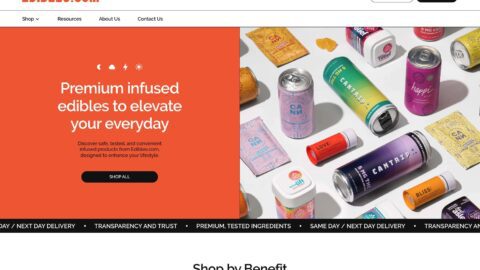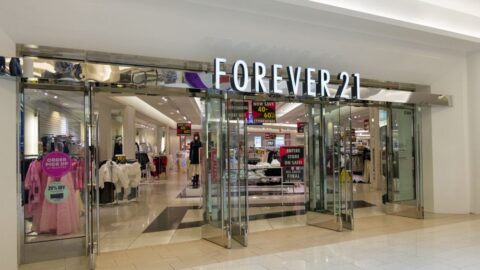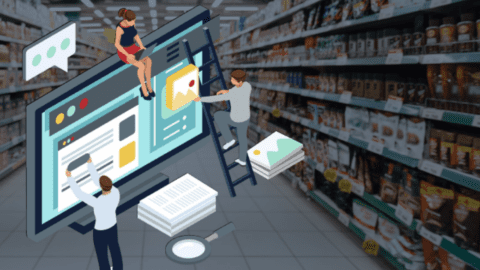Although consumer demands for personalized experiences continues to rise, many retailers still make shoppers jump through hoops to get it. As many as 70% of personalization experiences on an e-Commerce site only occur when the shopper is logged into an account, according to a study from Kibo and Astound Commerce.
Additionally, up to 40% of retailers are missing out on basic personalization opportunities:
-
40% of retailers did not send an email following a cart abandonment on a web site. Of those retailers that did send an email, none offered an incentive to purchase; and
-
40% did not display recently visited items on a consumer’s return visit to the web site.
“Demanding shoppers continue to evolve and expect that retailers will consistently and efficiently deliver personalized experiences across all of their channels,” said Lauren Freedman, SVP of Digital Strategy at Astound Commerce in a statement. “Today’s must-haves include tailored shopping efforts, access and sophistication across channels, along with choices in delivery options based on the shopper’s ever-changing needs.”
Retailers Show Gaps In Fulfillment, Pricing And Signage
In addition to falling short with personalization efforts, retailers still show gaps in areas including fulfillment, inventory, pricing and in-store signage. For example, 87% of retailers provided a product locator on their web site, but only 35% displayed the quantity of inventory available. And while 97% of store associates could access inventory levels:
-
66% had to be at a terminal behind the counter, and only one-third utilized handheld or mobile technology to provide a seamless experience; and
-
24% could locate inventory, but could not place the order for the shopper.
Although most retailers display signage promoting omnichannel offerings and guiding in-store foot traffic, 37% are missing the opportunity to streamline the in-store shopping experience with basic communication. Additionally, 16% of retailers had inconsistent pricing between the store and their e-Commerce site
The study, titled: The State of Omnichannel Commerce: A Mystery Shopping Study, assessed the current state of personalization and omnichannel sophistication from a sample of 30 “popular and growing” retailers, testing metrics across desktop, mobile and in-store touch points.
The report focused on four major categories — fulfillment and inventory; personalization; pricing consistency; and in-store signage — across a defined set of 57 metrics to evaluate the end-to-end omnichannel experience.













